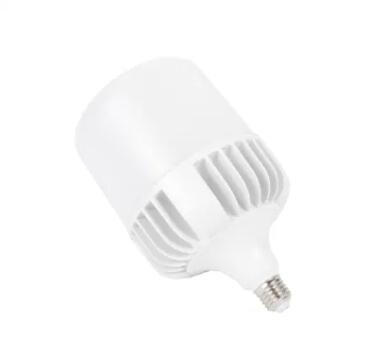Shedding Light on Solutions: Troubleshooting Common LED Bulb Issues
2024-01-30
Introduction:
The advent of LED lighting has revolutionized the way we illuminate our spaces, offering energy efficiency and durability. However, like any technology, LED bulbs are not immune to issues. Flickering is a common concern that can diminish the benefits of these modern light sources. In this blog, we'll explore the common issues associated with LED bulbs, with a focus on troubleshooting flickering problems and ensuring your lighting setup operates smoothly.
1. Check for Incompatible Dimmer Switches:
Flickering LED bulbs are often linked to incompatible dimmer switches. Not all LED bulbs are compatible with all dimmer switches, and using mismatched components can result in flickering or erratic behavior. Verify that your dimmer switch is designed for use with LED bulbs, and if not, consider upgrading to a compatible dimmer switch.
2. Verify Proper Wiring Connections:
Loose or incorrect wiring can contribute to flickering issues. Ensure that the LED bulb is securely screwed into the socket and that all wiring connections are tight. If you are uncertain about the wiring, consult a qualified electrician to inspect and correct any issues.
3. Consider Voltage Fluctuations:
Voltage fluctuations can affect the performance of LED bulbs. Check if your electrical system is experiencing inconsistent voltage levels. Installing a voltage stabilizer or regulator can help smooth out fluctuations and provide a stable power supply to the LED bulbs.
4. Update Firmware for Smart Bulbs:
If you're using smart LED bulbs that are part of a connected lighting system, check for firmware updates. Manufacturers often release updates to address compatibility issues and improve performance. Updating the firmware through the manufacturer's app or website can resolve flickering problems.
5. Address Overheating Issues:
Overheating can lead to flickering in LED bulbs. Ensure that the bulbs have proper ventilation and are not enclosed in fixtures that restrict airflow. If necessary, consider using LED bulbs specifically designed for enclosed fixtures to dissipate heat effectively.
6. Replace Faulty Bulbs:
Sometimes, flickering may be a result of a faulty LED bulb. Test the bulb in a different fixture to see if the issue persists. If the flickering continues, it may be time to replace the bulb. Look for high-quality LED bulbs from reputable manufacturers to ensure longevity and reliability.
7. Investigate Interference from Other Devices:
Electronic interference from other devices in the vicinity can disrupt the performance of LED bulbs. Common culprits include electronic gadgets, appliances, or even nearby Wi-Fi routers. Move the LED bulbs away from potential sources of interference and observe if the flickering diminishes.
8. Consult Manufacturer Guidelines:
Manufacturers often provide guidelines and recommendations for troubleshooting LED bulb issues. Consult the product manual or the manufacturer's website for specific information related to your LED bulbs. Following the manufacturer's instructions can lead to effective solutions for flickering problems.
Conclusion:
LED lighting offers numerous advantages, but occasional issues like flickering can arise. By systematically troubleshooting and addressing common culprits, you can ensure a smooth and reliable LED lighting experience. Whether it's checking compatibility, inspecting wiring, or updating firmware, taking the time to diagnose and resolve these issues will help you fully enjoy the benefits of energy-efficient and long-lasting LED illumination in your home or workspace.



